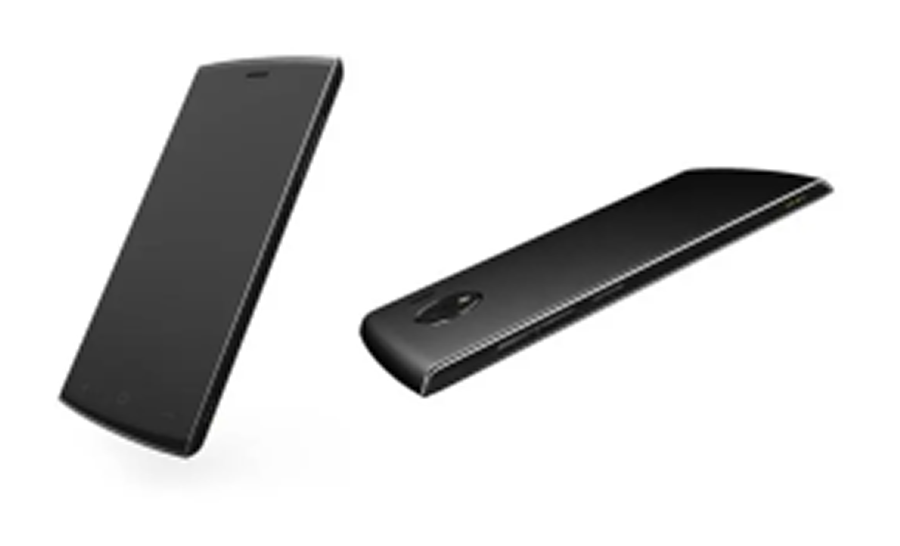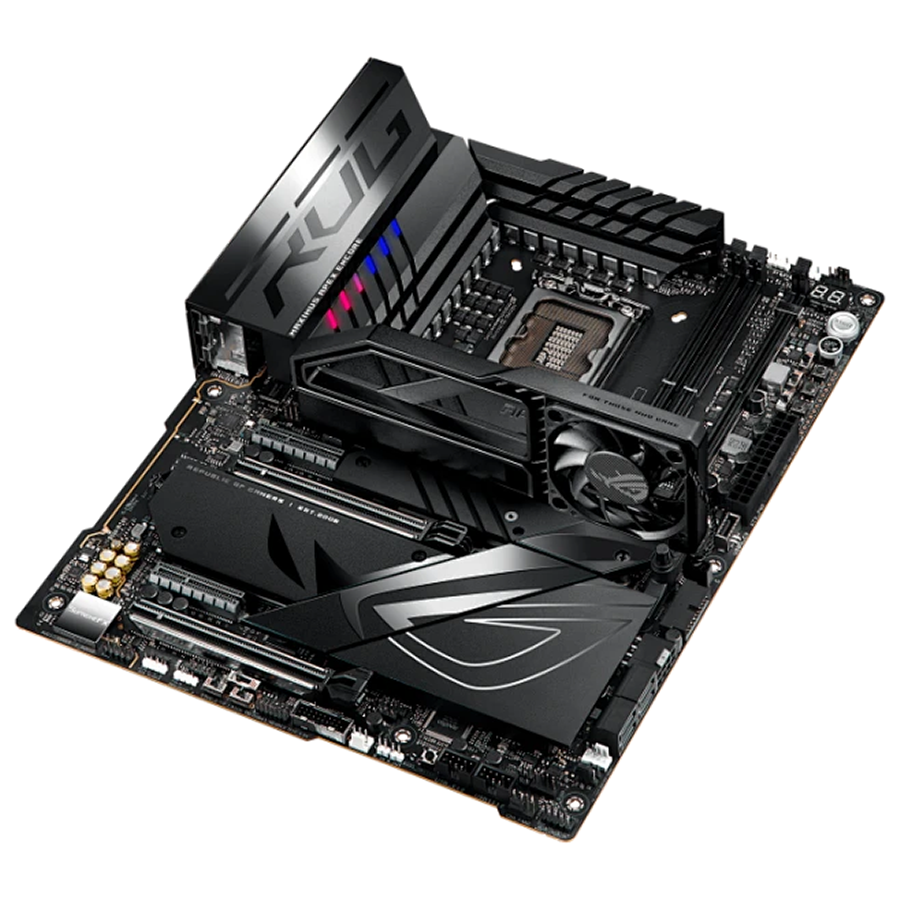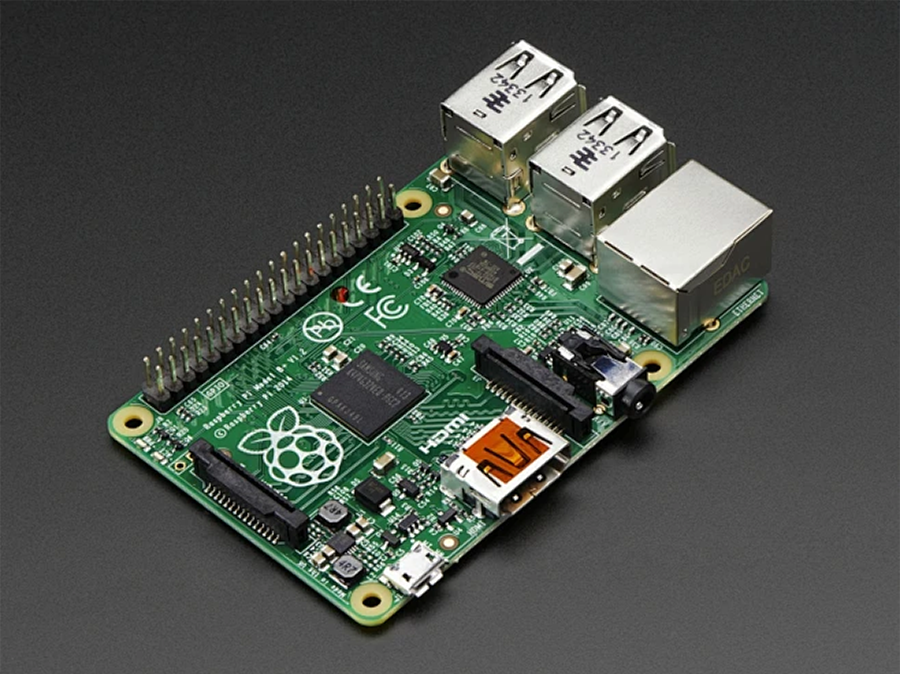Copyright © Huizhou Sandao New Material Co., Ltd. All Rights Reserved. Site Map
- +86-13825203943
- sandao08@hksandao.cn
- No. 51, Yanjiang Road, Liaozai Village, Yuanzhou Town, Boluo County, Huizhou City, Guangdong Province




When used correctly, electronic adhesives pose minimal risk to the human body. Therefore, it's important to ensure proper and safe use, avoiding prolonged contact. The correct method for using electronic adhesives is to clean the surface of the adhesive before use, apply the adhesive to the adhesive, press the two objects together, and wait for a while to complete the bonding process.
Introduction to electronic and electrical adhesives
1. Epoxy resin
Epoxy resin is a commonly used adhesive in electronic devices. Its strong adhesion and high-temperature resistance make it suitable for connecting electronic components, repairing circuit boards, and bonding metals and plastics. Epoxy resin also offers moisture and vibration resistance, ensuring the long-term stability of electronic devices.
2. UV curing adhesive
UV-curable adhesive is a fast-curing adhesive that can be bonded quickly. Cured by ultraviolet light, it offers strong adhesion and high transparency. UV-curable adhesives are commonly used to bond fragile electronic components, glass panels, LCD screens, and other applications, providing reliable adhesion.
3. Hot melt adhesive
Hot melt adhesive is a type of adhesive that melts upon heating and then solidifies. Its ease of handling and strong adhesion make it suitable for repairing and assembling a variety of electronic devices. It also offers heat-insulating and waterproof properties, providing excellent protection.
The epoxy resin, UV-curing adhesive, and hot-melt adhesive described above are all common adhesives for electronic devices. Each has its own unique characteristics, and the right adhesive should be selected based on the specific needs of your project. Choosing the right adhesive can ensure that your electronic devices remain in good condition and extend their lifespan!
Are electronic and electrical adhesives harmful to the human body?
For most electronic and electrical adhesives, when used according to the correct usage methods and precautions, the harm to the human body is relatively low.
Hazardous substances in electronic and electrical adhesives, such as toxic and harmful solvents, additives, and volatile organic compounds, can be harmful to human health. Therefore, safety precautions should be taken when using adhesives and prolonged contact should be avoided.
How to use adhesives for electronic appliances
The method for using electronic adhesives varies depending on the adhesive. Generally speaking, before use, you need to clean the surface of the adhesive, apply the adhesive to the adhesive, press the two objects together, and wait for a while to complete the bonding.
The detailed steps are as follows:
1. Preparation
Before applying the adhesive, make sure the work area is clean to avoid any contaminants. Also, have the necessary tools, such as a brush, syringe, or dropper, ready for precise application of the adhesive.
2. Surface treatment
Before applying adhesive, make sure the surface to be bonded is dry, clean, and smooth. If there is grease, dust, or traces of old glue on the surface, you can wipe it with a clean cloth or alcohol to remove impurities.
3. Apply adhesive
Use a brush, syringe, or dropper, depending on the adhesive type, to evenly apply the adhesive to the desired area. Be sure to apply the right amount and thickness to avoid over- or under-application.
4. Curing and lamination
Wait for the adhesive to cure for a certain period of time, depending on the adhesive type and requirements. During this process, use clamps or presses as needed to keep the bonding parts in close contact to ensure a good bonding effect.
5. Cleaning and storage
After bonding, clean tools and adhesive residue immediately to prevent curing. Store remaining adhesive according to the product instructions and avoid excessive heat, exposure or humidity.